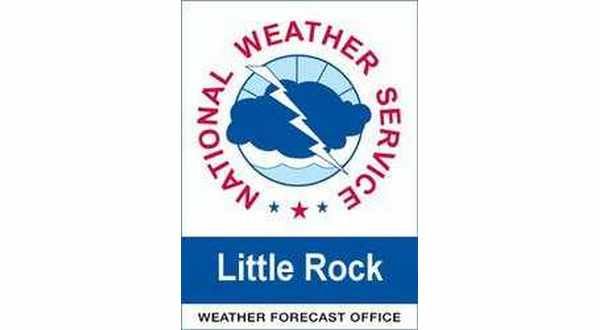
In 1927, 74.54 inches of rain were recorded in Mountain Home. It still stands as the wettest year in Mountain Home history, but 2019 got very close and finishes as the second wettest year. A total of 70.80 inches of rain were recorded in 2019 at the KTLO, Classic Hits and The Boot studios, the official reporting station in Mountain Home for the National Weather Service, meaning we missed the record by just 3.74 inches. Going into December, only 5.15 inches of rain were needed to tie the record, but only 1.41 inches of rain fell in the final month of the year.Mountain Home finishes the year over 25 inches above normal rainfall. The 30-year average annual rainfall is 45.23 inches. With the 70.80 inches in 2019, the surplus was 25.57 inches.
The past year saw several big monthly rain totals, including the wettest August ever, second wettest February, third wettest June and seventh wettest November. August rainfall totaled 9.19 inches, eclipsing the old record of 8.62 set in 1942. February’s rainfall totaled 8.80 inches, just 51 hundredths of an inch away from the number one spot. In June, 10.04 inches of rain fell, leaving it just under 5 inches from the monthly record. November’s 8.26 inches of rain, put it number seven all-time for the month.
A total of seven daily rainfall records were broken in 2019. The heaviest rainfall was 3.67 inches on June 7.
The large amounts of rain are something the area has seen a lot of in the last 13 years. A check of the records shows six of the eight wettest years in Mountain Home history have occurred since 2006. Four of the 10 wettest months have happened since 2008. Brian Smith, a meteorologist with the National Weather Service in North Little Rock, says while we continue to set records in Mountain Home, that is not the case statewide.
Listen:
One result of the large amount of rain that has fallen in recent years is the affect it will have on how the National Weather Service figures average rainfall.
Listen:
The World Meteorological Organization requires averages to be based on the past 30 years. Smith says they will have those new figures in 2021, and they will show a greater average rainfall than the last time they were updated in 2011.
WebReadyTM Powered by WireReady® NSI










